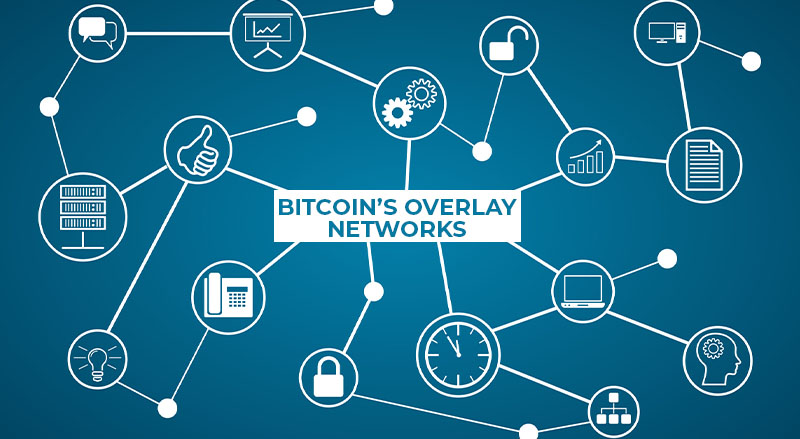Bitcoin, the revolutionary cryptocurrency built on blockchain technology, has not only transformed the financial landscape but also opened up new realms of innovation through overlay networks.
Overlay networks are special network layers built on top of the Bitcoin blockchain that interpret transaction data in unique ways to provide additional services or functionalities beyond sending and receiving Bitcoin. One such overlay network solution is the UTXO-based overlay network known as Confederacy.
What is Confederacy?
Confederacy is a decentralised framework that manages overlay networks on the Bitcoin network. It leverages the UTXO model, which refers to the unspent transaction outputs of Bitcoin, to track and manage states derived from the Bitcoin network. Within Confederacy, specific topics are defined, each representing a set of data rules that govern the transactions and UTXOs within that topic. These topics form their own unique overlay networks within Confederacy.
How Confederacy can disrupt industries
The potential impact of overlay networks is vast, with disruptive implications across various industries. Let’s explore some of these potential applications:
- Financial services: Overlay networks based on UTXOs offer scalability and efficiency in the tokenisation of assets. This allows for faster, automated, and more secure transfers of assets within the financial supply chain. It reduces reliance on intermediaries, leading to cost reduction and improved peer-to-peer transactions.
- Real estate: Overlay networks can streamline real estate transactions by tokenising property titles, leasing contracts, and even fractional ownership. This enables efficient asset management, transparency, and secure transfers, revolutionising the buying, selling, and rental processes.
- Supply chain management: Overlay networks can provide decentralised solutions for tracking and authenticating goods throughout the supply chain. This reduces counterfeit goods and improves product authenticity, while also ensuring regulatory compliance across borders through increased transparency.
- Healthcare: Overlay networks can securely tokenise medical records, ensuring privacy protections and seamless access to critical medical data. They can also track prescription drugs, reducing counterfeit medication, and improving patient safety.
- Media and entertainment: Overlay networks offer new ways to protect intellectual property rights and streamline royalty payments. Content creators can tokenise their assets, enabling effective tracking and copyright protection. It can also facilitate microtransactions for content usage or access, creating new monetisation models.
The potential of overlay networks goes beyond conventional cryptocurrency transactions. Their ability to tokenise real-world assets and enable secure, transparent, and peer-to-peer transactions brings a decentralised solution to various industries. From financial services and real estate to supply chain management, healthcare, and entertainment, overlay networks offer a transformative shift towards efficiency, security, and trust in existing business models.
In conclusion, overlay networks, such as Confederacy, built on the foundation of Bitcoin’s UTXO model, are poised to disrupt industries by reinventing processes and enabling secure, efficient, and decentralised transaction systems. Embracing these innovative solutions can unlock new levels of efficiency and transparency in various sectors, setting the stage for a future powered by the potential of blockchain technology.
